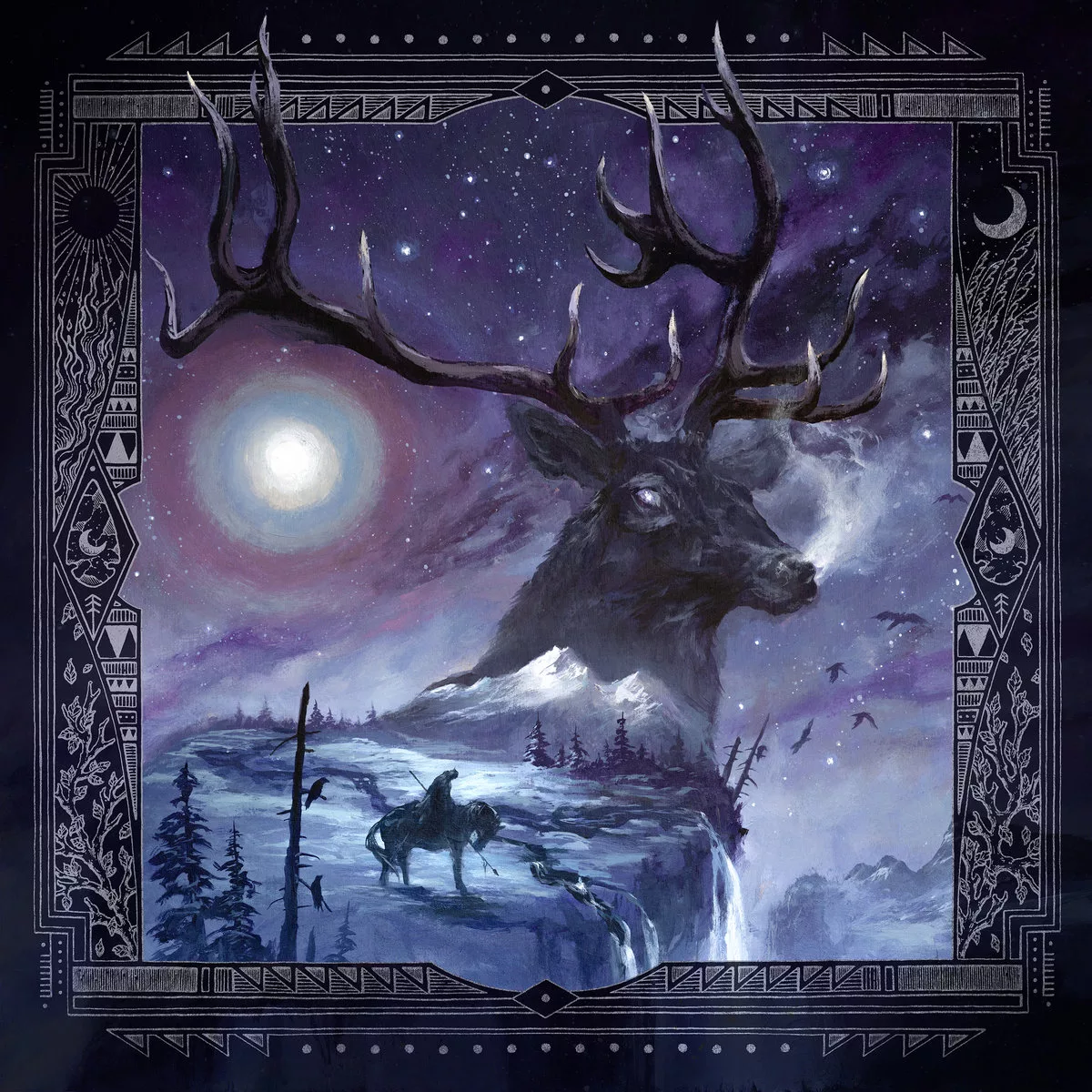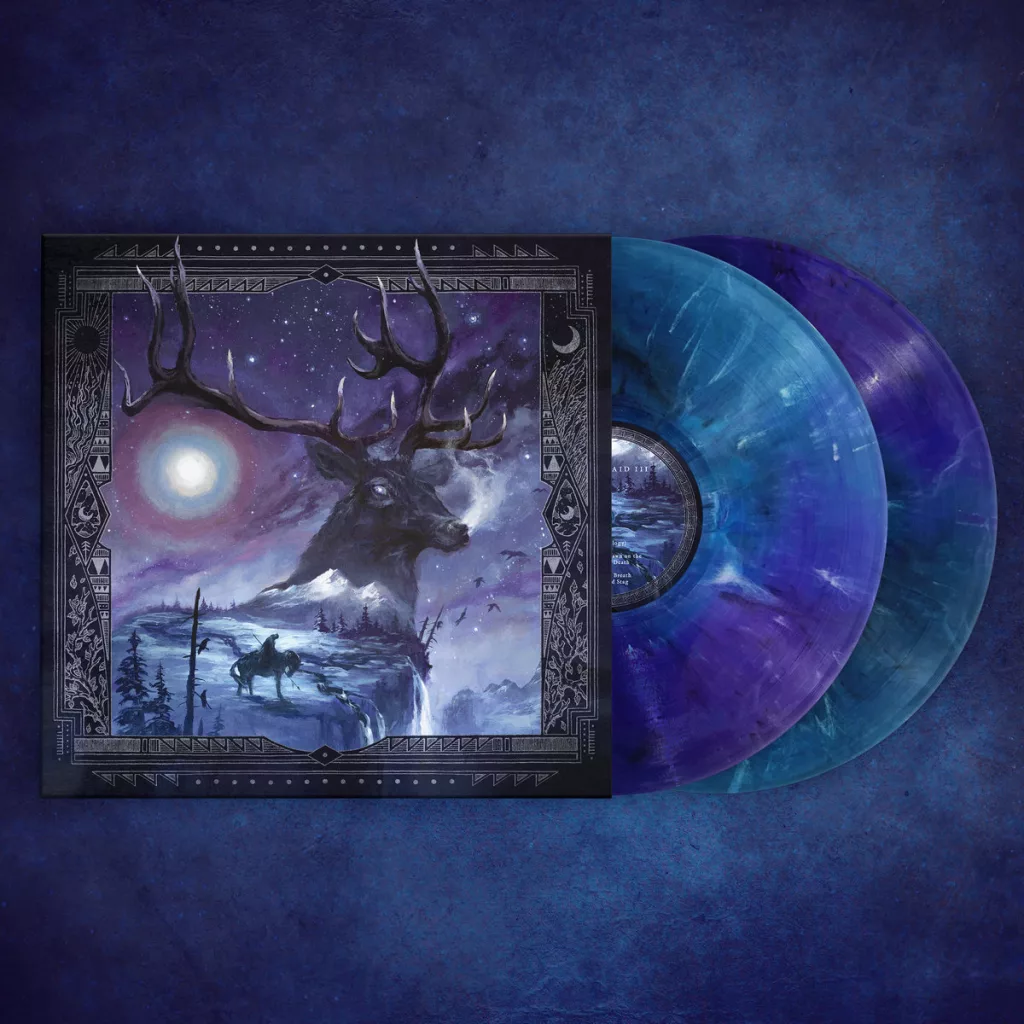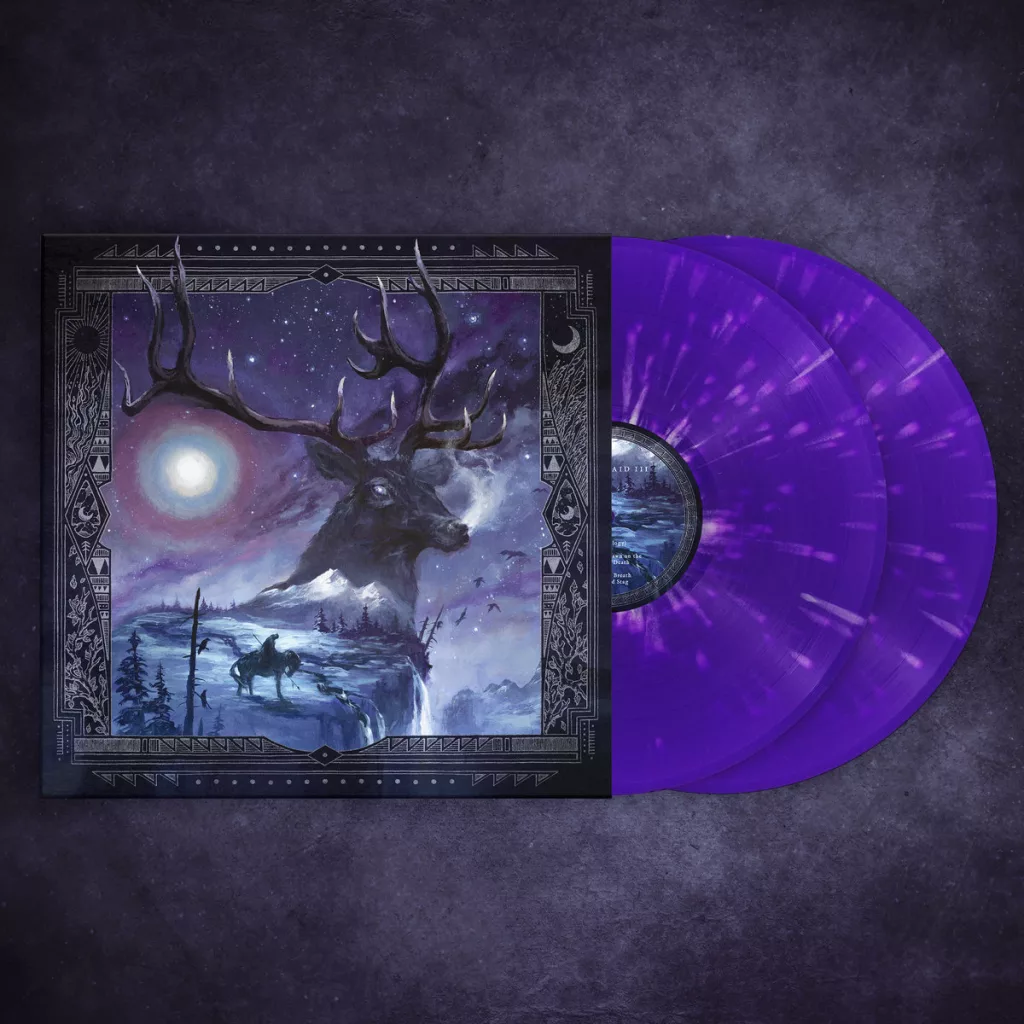Review: Blackbraid – III

Blackbraid never disappointed with his work so far, what raises the stakes for “III”. The album is the organic conclusion of the Blackbraid sound: it feels like a ritual in sound that summons both ancestral memory and raw, visceral force. From the opening “Dusk (Eulogy)” ambient breath to the punishing war drums of “Wardrums at Dawn on the Day of My Death,” the album never lets you settle, but pulls you back and forth between reverence and rage. The tension is high: tremolo riffs that slice open the cold air, flute and acoustic passages that huddle into the blackness, growls that burn with sorrow and defiance. Yet this is no collage of tropes, as the songwriting molds a vision that feels personal, rooted in land and spirit yet fully extreme in execution.
Throughout the record there’s a blend of epic sweep and intimate fracture. On “The Dying Breath of a Sacred Stag,” the album’s emotional core is exposed: acoustic motifs breathe, the riffs climb and fall, the vocals wail with a kind of mourning not often allowed in black metal’s harsh landscape. “God of Black Blood” brings the fury: the riffs tighten, the drums hammer, yet still the ambient threads and flute tones slice through the noise, reminding you this is not aggression for its own sake but something ancestral, elemental. “Tears of the Dawn” and “And He Became the Burning Stars…” are the dramatic peaks: long forms that shift, suspend, collide, rise. Even the Lord Belial-cover “Fleshbound” feels like a closing ritual rather than a simple homage, it nods to tradition while still entering into the album’s aura.
The production is balanced: distortion snarls without blurring, percussion slams yet breathes, atmospherics are vivid rather than drowned. All instruments gain the space they need to add to “III” and its thick layer of atmosphere.
What nearly elevates this album to perfection is how Blackbraid resists playing safe with “III”. The album leans into the dichotomy of rupture and solace, letting his identity, his landscape, his myth weave into the metal without feeling like decoration. The aesthetic is bold: Native instrumentation and spiritual weight are not veneer but bones in the sound. I sum, “III” is a statement. It’s not flawless, but it is fearless. It lives in the cracks between air, earth, memory and madness. It doesn’t just evoke a spiritual geography, it storms it, breathes it, lets you bleed in it. For listeners who want black metal that carries weight, that speaks to roots and fury and transcendence, this is not only a highlight of 2025 – it’s a benchmark for what this black metal can achieve.

